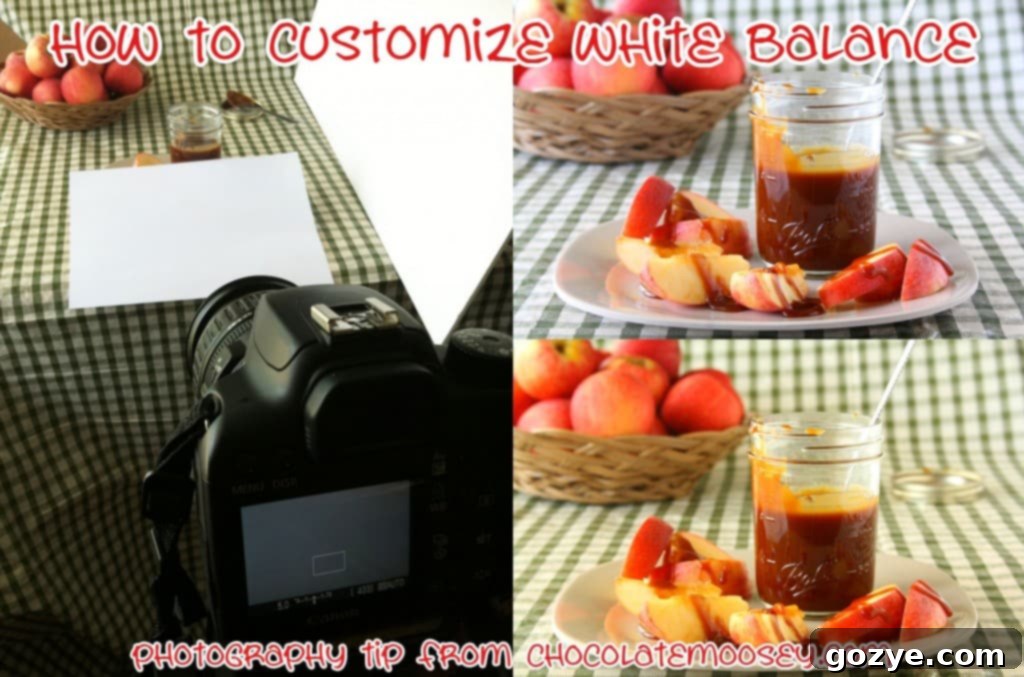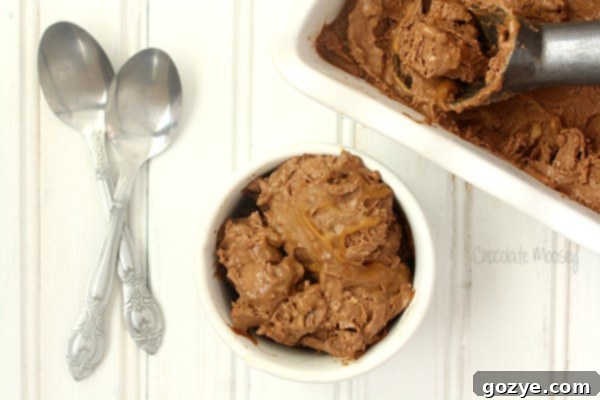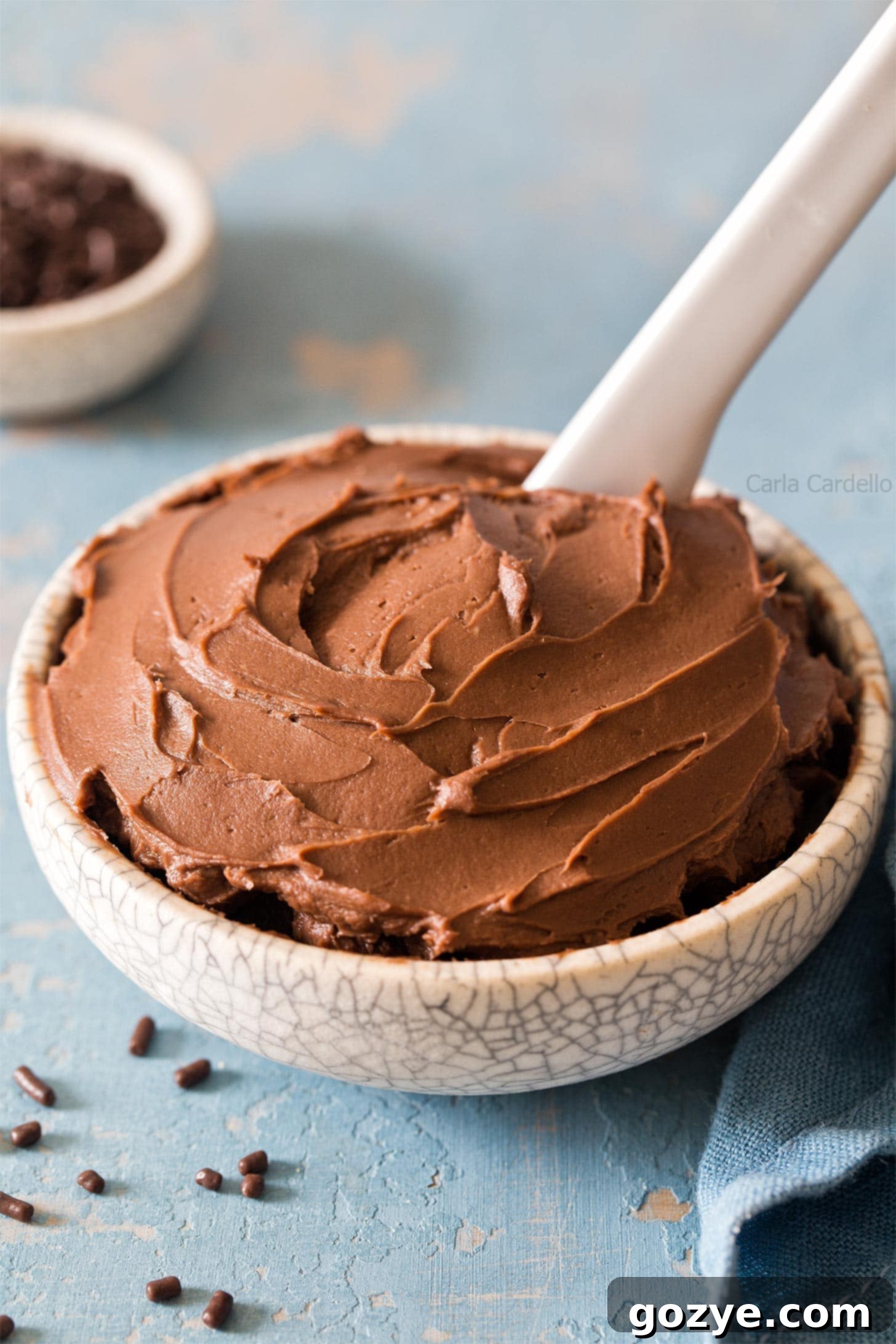Mastering Custom White Balance: Achieve Perfect Colors in Your Photography
In the vast world of photography, achieving accurate and vibrant colors is paramount to creating stunning images. Whether you’re capturing mouth-watering food shots, breathtaking landscapes, intimate portraits, or grand wedding ceremonies, color fidelity is key. While modern cameras offer a range of automatic and preset white balance settings, relying solely on them can often lead to undesirable color casts. This comprehensive guide will demystify one of the most essential camera techniques: **customizing white balance**. By mastering this fundamental skill, you can ensure your colors are spot-on every single time, regardless of the challenging lighting conditions you face.

You’re likely familiar with your camera’s options to change white balance to ‘Automatic,’ ‘Outdoors,’ ‘Indoors,’ or specific presets like ‘Cloudy’ or ‘Fluorescent.’ While these presets are convenient, they often fall short because of the immense number of variables in any given lighting situation. The camera tries its best to guess the correct color temperature, but these guesses can frequently be inaccurate, resulting in photos with unnatural blue, yellow, or green tints. Instead of letting your camera make critical color decisions, learning to customize your white balance empowers you to take full control and guarantee true-to-life color reproduction in every shot. This level of precision is invaluable for professional results and a consistent aesthetic across your photographic work.
What Exactly is White Balance and Why Does it Matter?
At its core, white balance (WB) is a camera setting that tells your camera what the color white should look like under a specific light source. It’s the mechanism that ensures objects that are truly white in real life appear white in your photographs, rather than having an unwelcome color cast. When a photo appears too “cool,” it has an excessive blue tint, making the scene feel cold or sterile. Conversely, a photo that’s too “warm” will exhibit a golden or orange tint, which, while sometimes desired for artistic effect, can often make colors look muddy or inaccurate.
The color of light is measured in Kelvin temperature (K), a scale that describes the perceived warmth or coolness of a light source. Lower Kelvin values (e.g., 2000K-3000K) correspond to warmer, more orange light (like candlelight or tungsten bulbs), while higher Kelvin values (e.g., 5500K-7000K+) represent cooler, bluer light (like daylight on an overcast day or open shade). Understanding Kelvin temperature is crucial because your camera needs to compensate for these varying light temperatures to render colors accurately. Without proper white balance, your images can lose their impact, making subjects appear less appealing and detracting from the overall quality.








